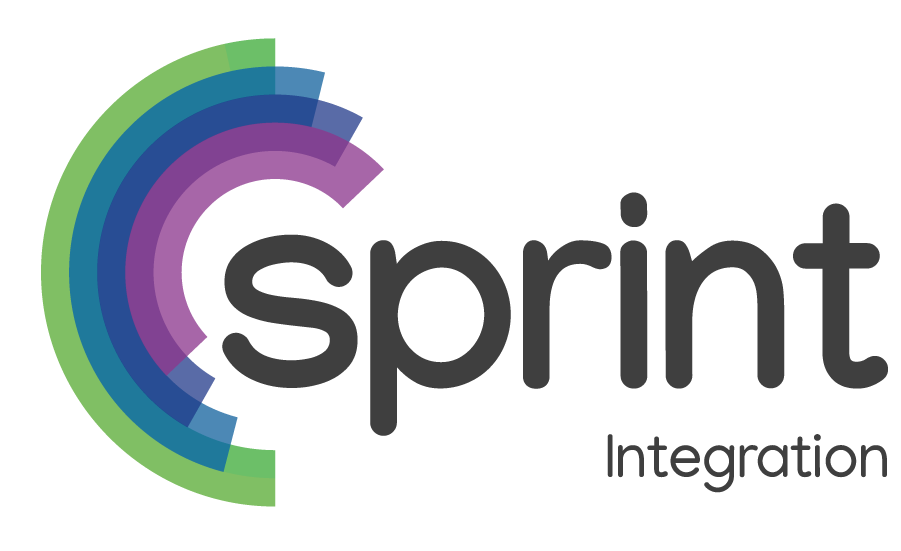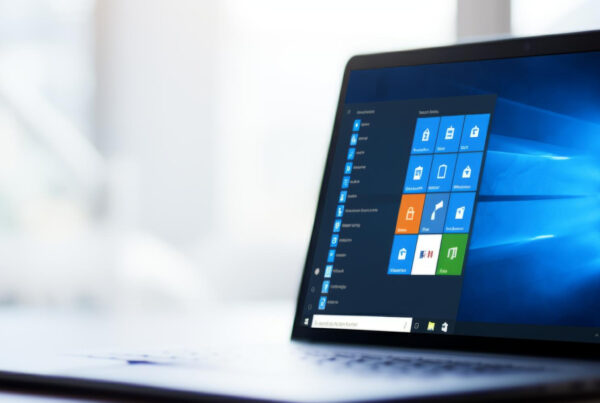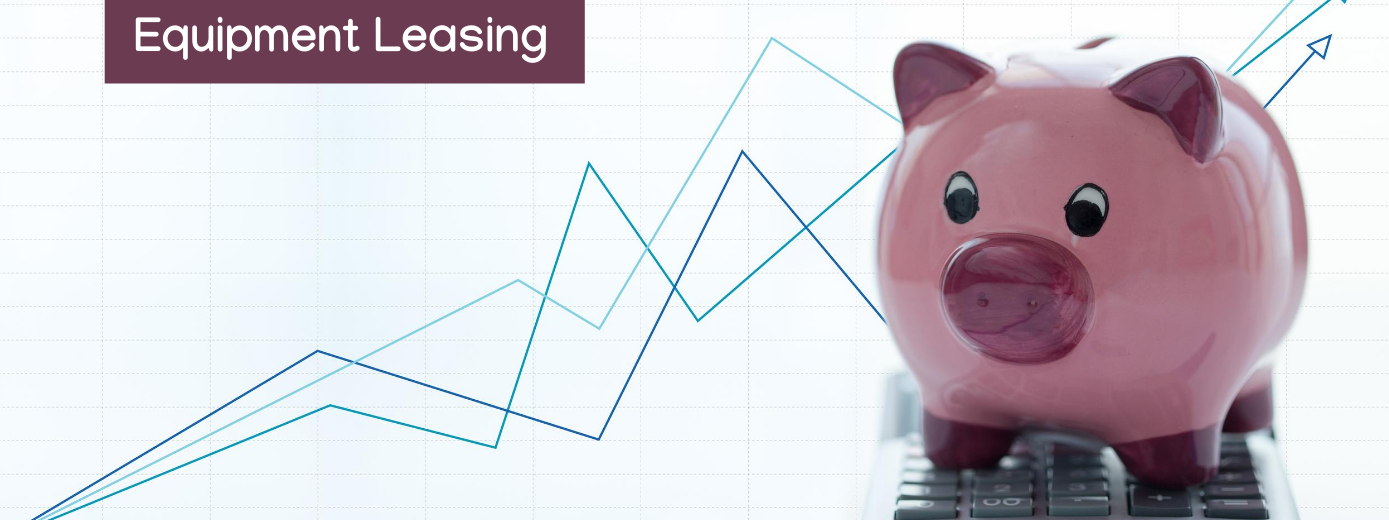 Sprint Telematics is a provider of a comprehensive and innovative range of asset and fleet management solutions to institutions across multiple industries, globally.
Sprint Telematics is a provider of a comprehensive and innovative range of asset and fleet management solutions to institutions across multiple industries, globally.
We make use of our world class software platform, specialised hardware technology and cloud infrastructure that effectively analyses and monitors assets and fleet.
Daniel Pikker, Director, Sprint Telematics gives his views on where the disruption in the sector is coming from, how the buying behaviour in this vertical is changing and what he considers the major considerations are for those wanting to enter and succeed in this vertical.
Where is the disruption coming from?
One of the disrupters on the horizon is the advent of 5G connectivity and the reduced costs of data. Along the same line is the ability to have universal components and in particular, SIM cards that can switch between different providers.
Digital Disruption is all around… how is it impacting this particular vertical and how can the Channel react?
The impact of digital disruption can be seen in the ever-developing sophistication of technology. The result can be seen in current technology not being able to be catered for and in some instances becoming obsolete overnight. An example of this is 2G network capability no longer being supported in certain regions.
The channel reaction should be to stay informed about industry trends and upcoming developments of service providers and hardware suppliers. Only by having a finger on the pulse of upcoming advancements, will R&D teams be able to respond in a pro-active way.
Which products and services are selling well?
The demand for video footage from the various stakeholders and end-users in the market is on the increase. Business owners, fleet managers, drivers/operators, private vehicle owners and insurance companies are all looking to the multitude of camera solutions in the market to address their various needs. Business owners and managers want to be able to have a view into how company assets are utilised, all in the effort to reduce operating costs and reduce their risk profiles.
Drivers/operators and private vehicle owners are better able to protect themselves from liability through visual evidence of an incident. Insurance companies are looking to better apportion cause and fault of claims submitted by clients and thirds parties.
The demand for Telematics devices that are able to provide “live” CAN bus data from a wide range of equipment/assets is also fast on the rise. This coupled with software that can display this data in a user-friendly and configurable interface, is proving valuable to all in management and operations. OEM’s of vehicles and other assets are also growing their presence with this type of offering, not only to gather and use analytical data from their products, but also to offer an additional value-add product and service to their customers.
Are there new products on the horizon?
The tough challenge facing hardware and software providers is to be specialists in the core products they offer, but also to have these products able to integrate into other modules offered as well as to share data across to 3rd party platforms.
There is a lot of advancements of current offerings on the horizon. Certain technologies such as Bluetooth and RF have become significantly cheaper with more functionality. This has allowed for more tracking and control over assets and loads.
How is the purchasing behaviour of this vertical changing?
Purchasing has become increasingly price sensitive. The ease of comparing prices has meant that the industry has to be very conscious about catering for different groups of clients at different price points. Pricing is very important, but it is value that should be the deal closer at the end of the day. Telematics products and services should have a constant return on income and not only be an upfront and monthly cost.
What are the major considerations for partners wanting to enter and succeed in this vertical?
Their product and/or service offering needs to be versatile and have the ability to be incorporated with partner hardware and software. So a key consideration would be, are you in control of the development and support of your market offering (either through in-house dev teams or contracted dev teams) or are you reliant on a 3rd party supplier’s road map for R&D?
Can you be a generalist or is it essential to specialise in this vertical…why?
I believe it is essential to be a specialist. That said, you can’t be a one trick pony. Even with small customers, the product and service demand from you might be as complex as a that of a larger client.








